China kept its economic growth target for 2025 unchanged at around 5%, pledging to allocate more fiscal resources than last year.
Maintain 5% growth target for 2025
China kept its economic growth target for this year unchanged at around 5 percent, pledging to allocate more fiscal resources than last year to counter deflationary pressures and mitigate the impact of rising trade tariffs.
This goal is expressed in a document issued by the Chinese government in preparation for the annual session of the National People's Congress (NPC).
Chinese Premier Li Qiang will deliver a speech at the congress later on March 5, detailing China's policies for the rest of the year.
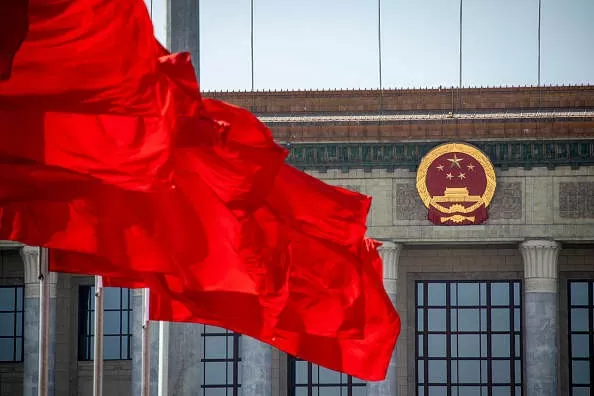 |
| China keeps its economic growth target for 2025 unchanged at around 5%. Illustrative photo. |
Rising trade tariffs are threatening to undermine China’s vast industrial base — the crown jewel of its economy — as sluggish household demand and a struggling property sector leave the economy increasingly vulnerable.
Pressure is mounting on Chinese officials to come up with policies that will boost incomes and reduce the world's second-largest economy's reliance on exports and investment to fuel growth.
China also set a 2025 budget deficit target of 4% of gross domestic product (GDP), up from 3% in 2024, and promised a “special action plan” to stimulate consumption.
Beijing plans to issue 1.3 trillion yuan ($179 billion) of special treasury bonds this year, up from 1 trillion yuan in 2024. Local governments will be allowed to issue 4.4 trillion yuan of special debt, up from 3.9 trillion yuan.
From the central government's special debt fund, 300 billion yuan will support the recently expanded consumer subsidy program for electric vehicles, home appliances and other goods.
Economists have called on Beijing to restructure the allocation of resources in the economy with more sweeping measures, including reforming the tax, land and financial systems to build a stronger social safety net.
“ With deflationary pressures becoming increasingly entrenched amid an unfavorable external environment… boosting domestic household consumption is a top priority, ” said Eswar Prasad, a professor of trade policy at Cornell University and former China director at the International Monetary Fund.
“ One-off support schemes can help, but longer-term measures to support incomes and strengthen the safety net are essential .”
China also plans to use 500 billion yuan from the special debt fund to recapitalize major state-owned banks and 200 billion yuan to support upgrading production equipment.
Innovation strategy
China's 5% growth rate last year - achieved only thanks to a late stimulus package - was among the highest in the world, but was barely felt at the citizen level.
Although China maintains an annual trade surplus of trillions of dollars, many citizens complain of unstable jobs and incomes as businesses cut prices and costs to stay competitive in international markets.
Since the pandemic, China has focused on driving future growth based on a “new productive force” rather than relying solely on its 1.4 billion domestic consumers. China has poured resources into high-tech manufacturing, with ambitions to narrow the technology gap with geopolitical rivals.
In a government report, China pledged to continue supporting high-tech industries and improve investment efficiency. Electric vehicle makers such as BYD (002594.SZ) and AI platform Deepseek have stepped into the global "playground".
However, Alicia Garcia-Herrero, chief Asia-Pacific economist at Natixis, said that technological ambitions and consumer demand growth were “ competing priorities ” and that balancing the two “ will be crucial for China to avoid the kind of prolonged stagnation that Japan experienced .”
“ The tangible impact of this innovation strategy on growth, especially through increased productivity, is still unclear ,” said Alicia Garcia-Herrero.
While industrial policy and technological progress are important, China needs to address fundamental imbalances in its economy.
| Pressure is mounting on Chinese officials to come up with policies that will boost incomes and reduce the world's second-largest economy's reliance on exports and investment to fuel growth. |
Source: https://congthuong.vn/trung-quoc-dat-muc-tieu-tang-truong-5-bat-chap-thue-quan-376817.html



![[Photo] Overcoming all difficulties, speeding up construction progress of Hoa Binh Hydropower Plant Expansion Project](https://vstatic.vietnam.vn/vietnam/resource/IMAGE/2025/4/12/bff04b551e98484c84d74c8faa3526e0)

![[Photo] Closing of the 11th Conference of the 13th Central Committee of the Communist Party of Vietnam](https://vstatic.vietnam.vn/vietnam/resource/IMAGE/2025/4/12/114b57fe6e9b4814a5ddfacf6dfe5b7f)


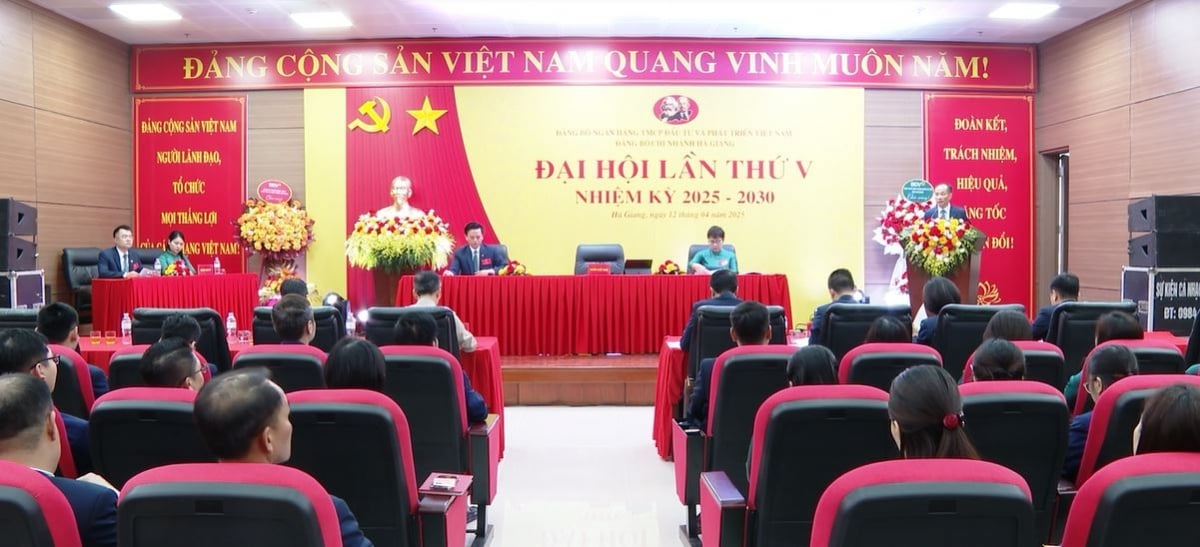

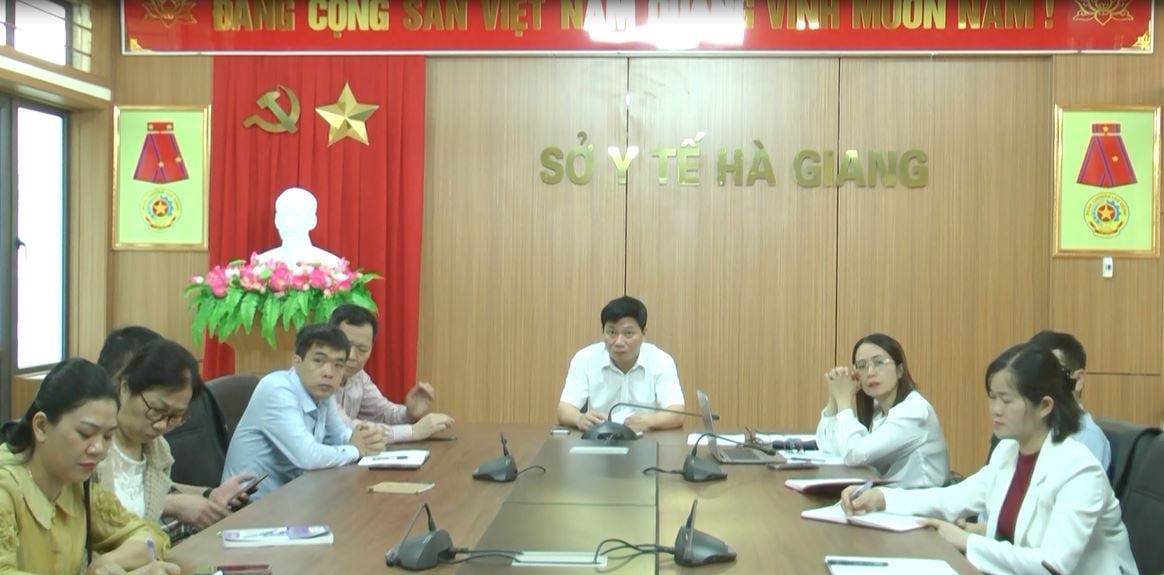
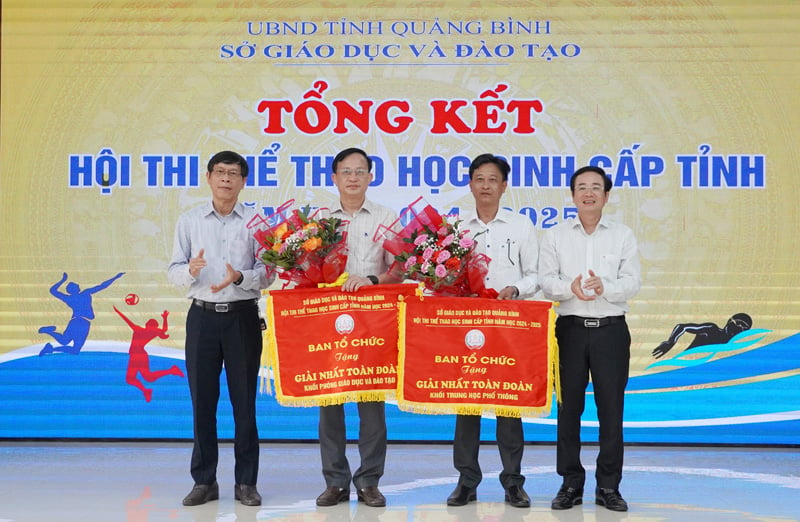
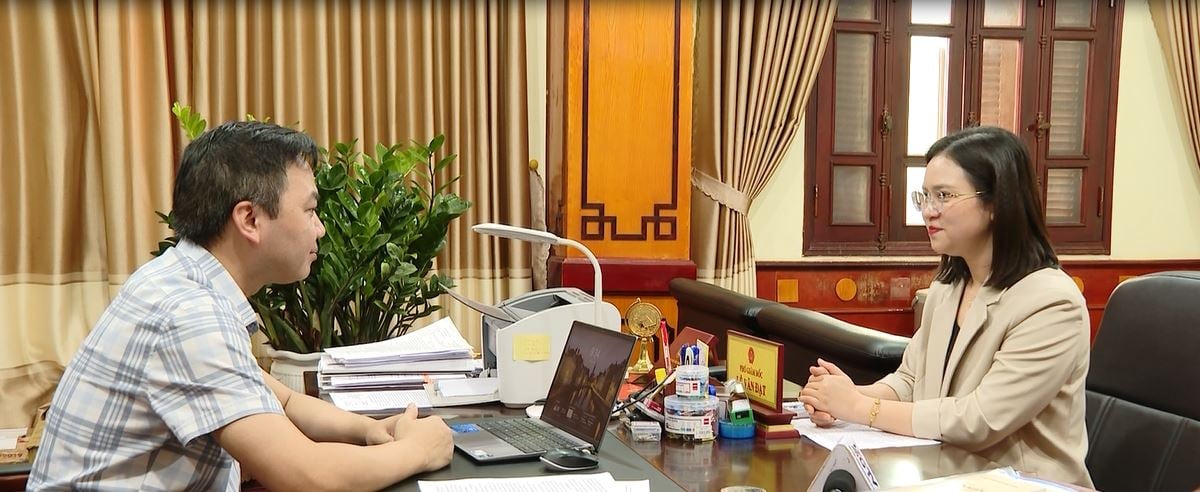





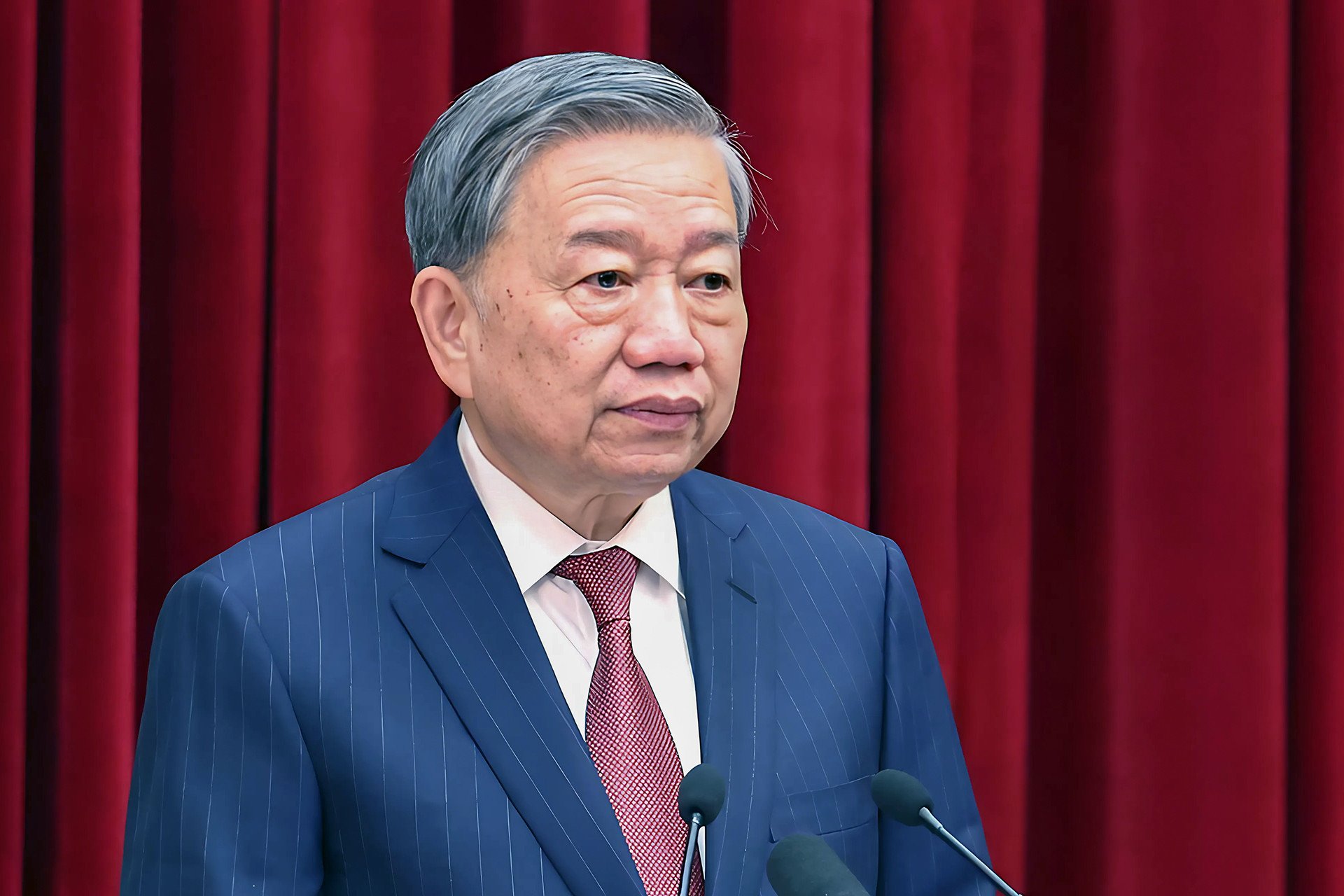
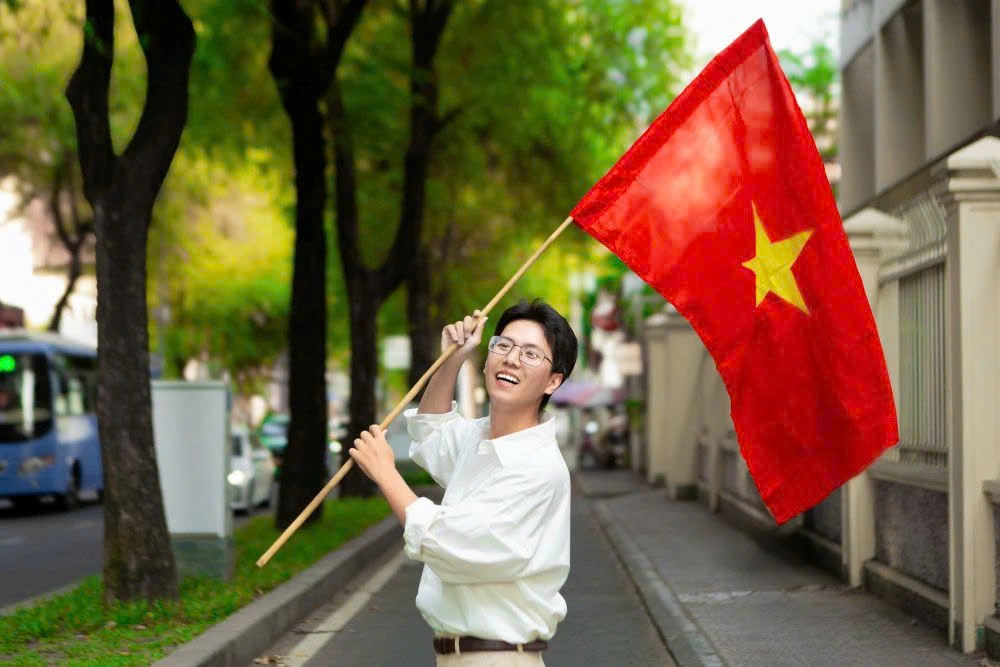
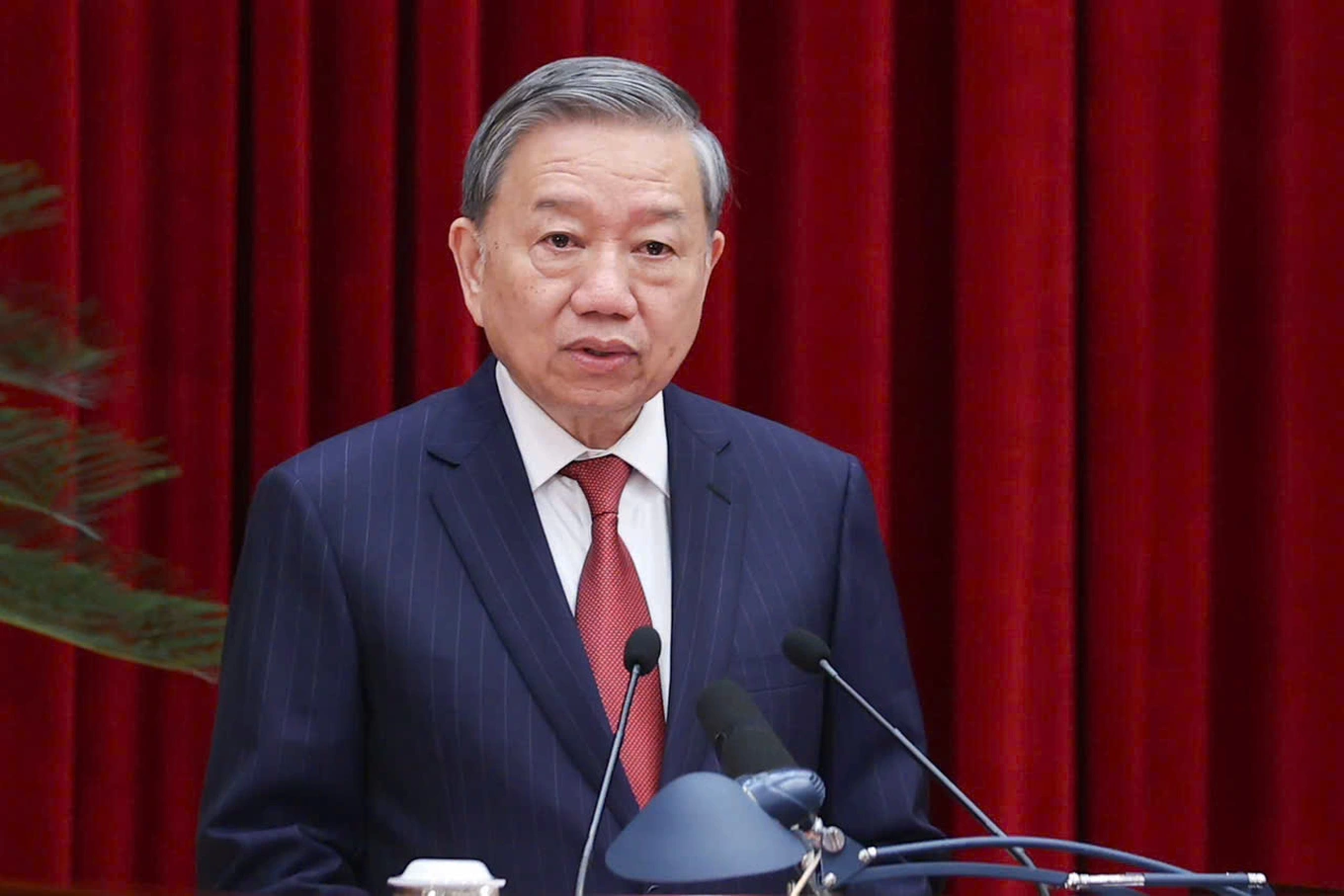
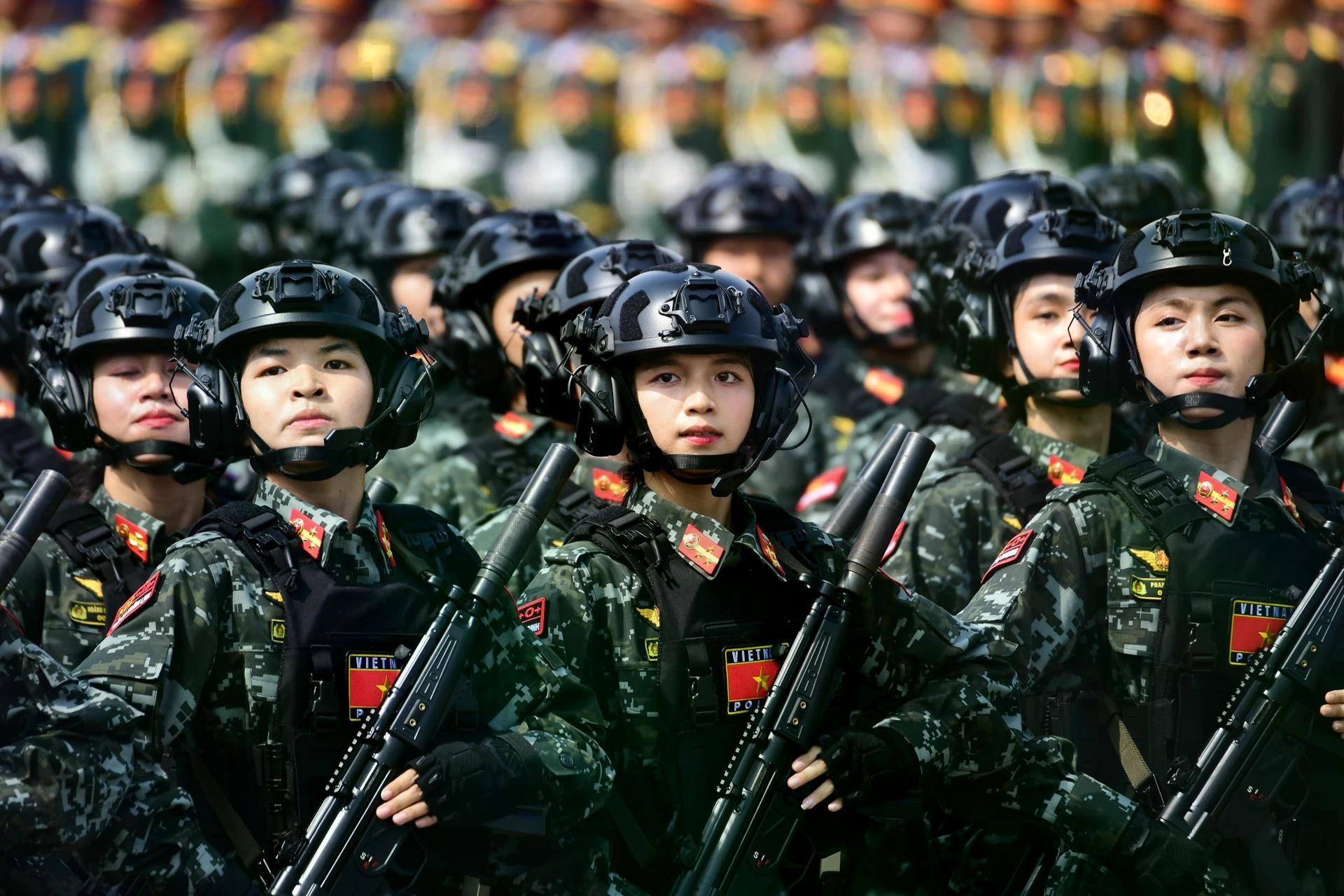




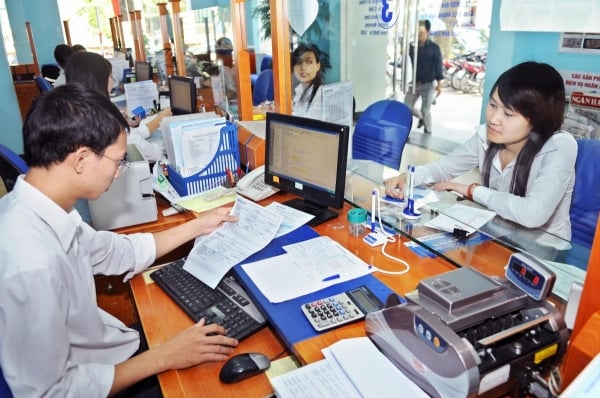




















































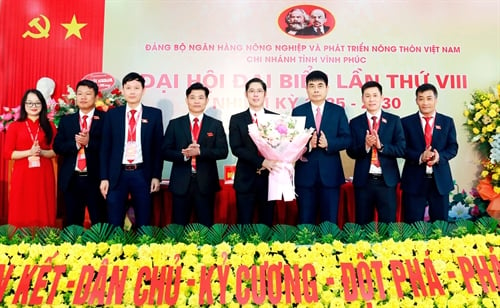














Comment (0)